Introduction: What Are Grip Socks and Why Are They So Popular?
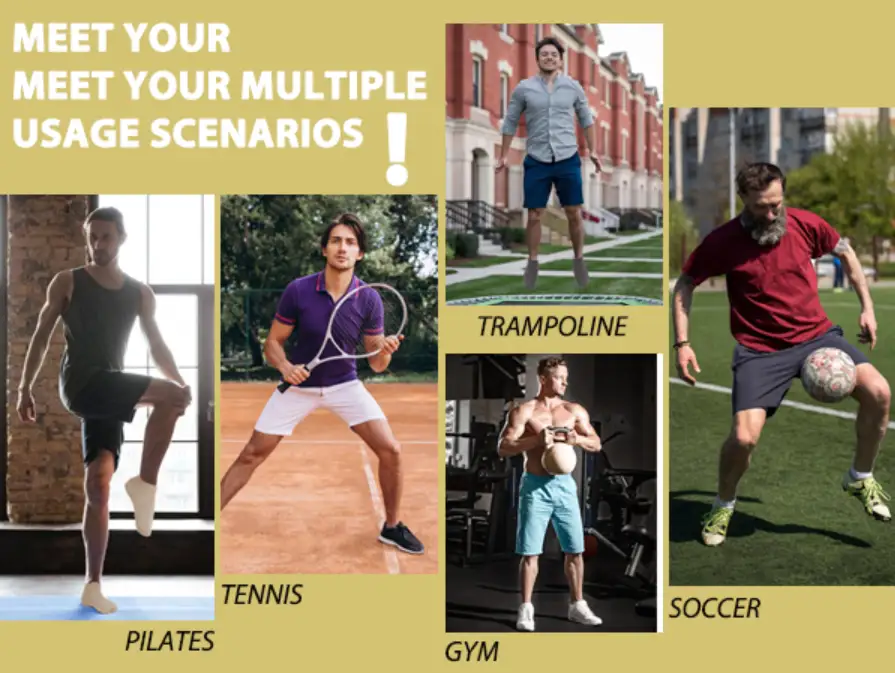
If you’ve ever slipped on a yoga mat or skidded across a gym floor, you’ll understand why grip socks are becoming so popular. These socks are designed with non-slip soles to provide extra traction, stability, and comfort—making them useful not only for athletes and yogis, but also for everyday safety at home or in hospitals.
For a detailed explanation of what grip socks are, their materials, and how they’re made, check out our in-depth guide: What is a grip sock?
History of Grip Socks: How Grip Socks Were Introduced to the Market?
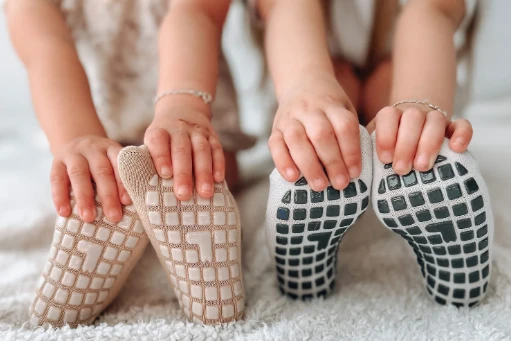
Grip socks may seem like a staple of activewear today, but they were virtually unheard of just a decade ago. The idea was first brought to life by Luke Goodwin, a physiotherapist turned entrepreneur. Frustrated by the lack of non-slip socks for adults, particularly for professionals like nurses and doctors who spent long hours on their feet, Goodwin decided to create his own solution.
His design combined comfort and safety, offering a non-slip sock that provided extra stability while walking or standing. The product quickly gained attention from sports brands, who adapted the concept for athletic use, refining the design for better performance and durability. What started as a practical solution for healthcare workers soon grew into a widely popular product in sports, fitness, rehabilitation, and everyday wear.
Grip Socks VS Regular Socks: The Key Difference
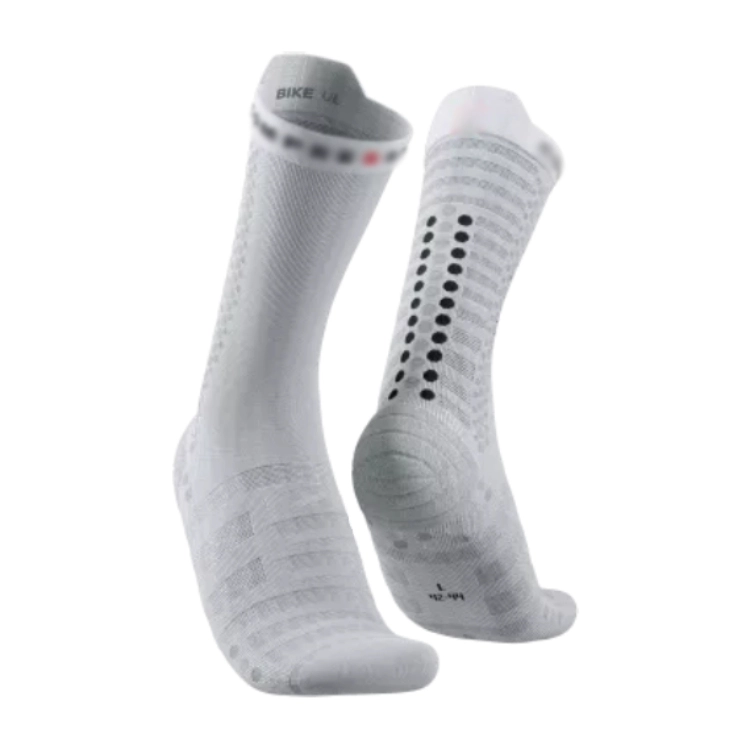
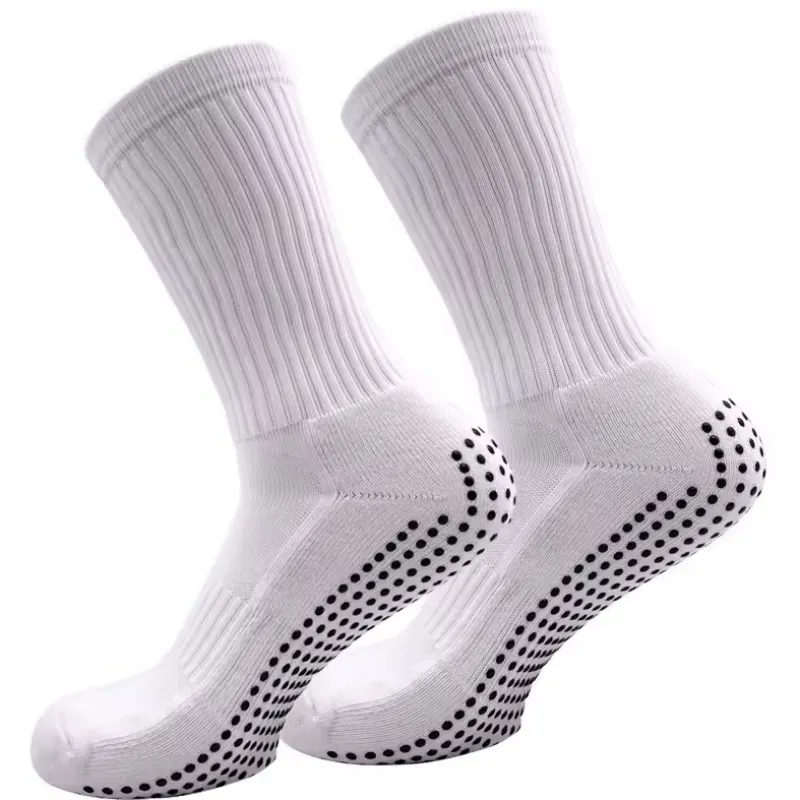
While regular socks serve as basic foot coverings, grip socks take it a step further with specialized features that enhance performance, comfort, and safety. The key distinction lies in the non-slip soles—typically made from rubber or silicone—that provide traction on slippery surfaces like gym floors, yoga mats, and hospital wards. These soles drastically reduce the risk of falls, offering stability during dynamic movements.
In addition to enhanced safety, grip socks are crafted from moisture-wicking materials that keep feet dry, preventing discomfort from sweat buildup. With added cushioning, arch support, and reinforced toe areas, grip socks ensure comfort during long periods of activity.
The Benefits of Wearing Grip Socks: More Than Just a Trend
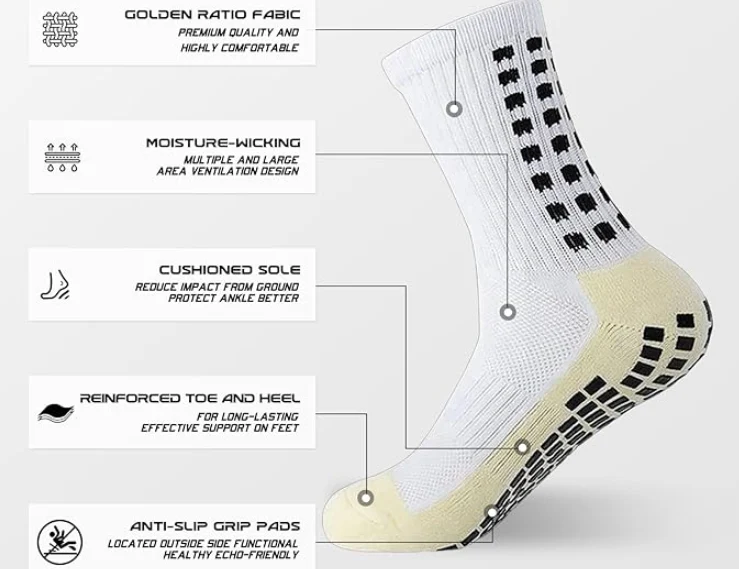
Grip socks offer more than just a trendy accessory; they bring real, tangible benefits for various activities and users. Here are the main advantages:
Prevent Slips and Injuries
Whether you’re engaging in high-intensity sports like soccer or doing yoga, grip socks provide superior traction, reducing the likelihood of slips and falls. This added stability is crucial for preventing injuries during quick movements and balance-demanding exercises.
Maintain Hygiene
In shared spaces such as gyms, fitness centers, and hospitals, grip socks serve as a protective barrier between your feet and the floor. This reduces your exposure to harmful bacteria, fungi, and germs, which is particularly beneficial for people with foot conditions or wounds.
Provide Comfort and Support
Grip socks aren’t just for athletes—they’re also designed for comfort. The supportive fit helps reduce foot fatigue, especially during long periods of standing or movement. The gentle compression also aids circulation, making grip socks an excellent option for people recovering from injuries or dealing with foot pain.
Versatility
Grip socks are not limited to fitness or rehabilitation—they are versatile enough for everyday wear. Whether you’re walking on slick hardwood floors or tile surfaces at home, these socks offer increased stability. They can also be paired with shoes for added grip and support during activities like hiking, running, or traveling, ensuring you stay comfortable and secure, no matter the environment.
Stylish and Beautiful
Available in a variety of colors, patterns, and designs, these socks can add a fun, personal touch to your fitness wardrobe. From sleek monochrome options to bold, eye-catching prints, they serve as both a practical accessory and a fashion statement. Plus, their unique look often sparks conversation, making them a fun addition to any fitness class or casual outing.
What are the Disadvantages of Grip Socks?
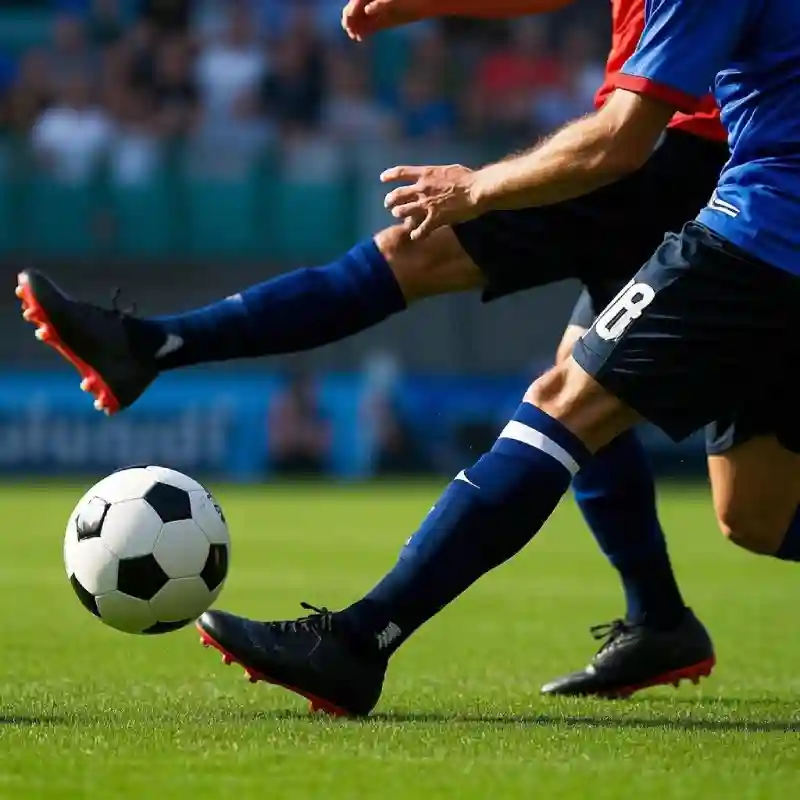
When it comes to football grip socks, while they offer numerous benefits, one significant drawback is the difficulty in wearing shoes. The grip socks’ sticky or textured surface designed for enhanced traction can make it hard to slide feet into shoes. Once on, the grip can restrict foot movement, making it uncomfortable to walk or run. The socks may not be compatible with all shoe types, and they can be difficult to remove from shoes due to the adhesive bond.
Another issue is that grip socks can wear out over time, though this depends on the materials used. Click to learn What material is grip made of? Overall, while the benefits often outweigh the drawbacks, the challenges of wearing shoes with grip socks are worth considering.
Who Wears Grip Socks?
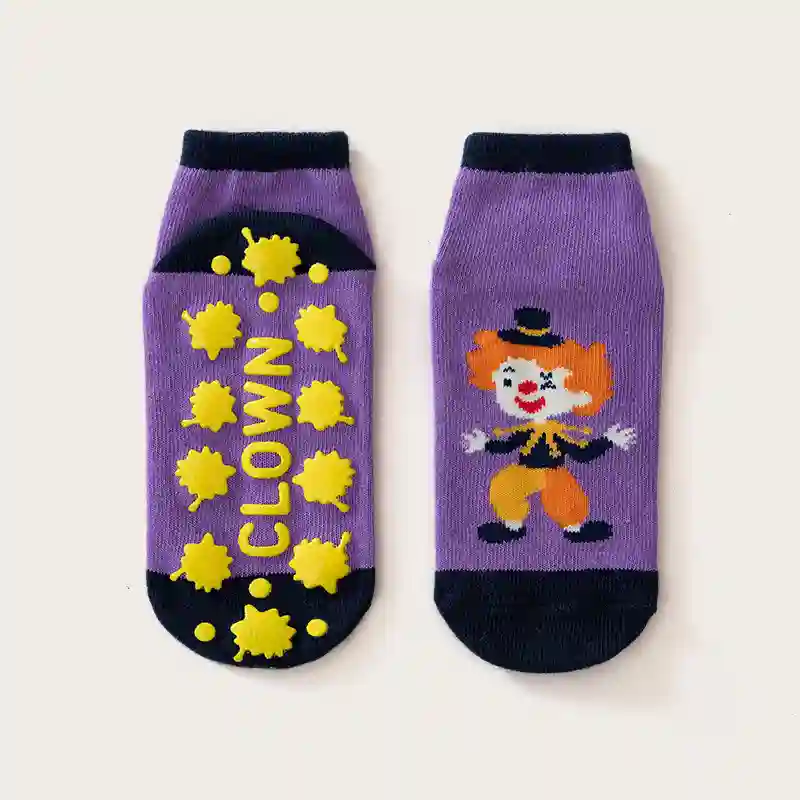

Grip socks cater to a wide range of people, offering enhanced traction and stability for athletes during intense physical activities, yoga and Pilates practitioners on slippery mats, and even babies and toddlers learning to walk on smooth surfaces. They are also incredibly beneficial for individuals with specific foot health needs, such as diabetic patients requiring extra protection and comfort, as well as fashion enthusiasts seeking a stylish yet functional accessory with personalized designs.
- Athletes: Grip socks offer much-needed stability during sports that require rapid movements, such as soccer and basketball.
- Yoga & Pilates Enthusiasts: The non-slip soles ensure a firm grip on mats, helping users maintain balance and focus during their practice.
- Diabetic Patients: The seamless design and gentle compression support foot health, reducing the risk of friction-related issues and enhancing comfort.
- Baby: Toddler non-slip socks are ideal for little ones learning to crawl, stand, or walk. These baby non-slip socks provide a secure grip on slippery floors, ensuring safety while promoting confidence during their early developmental stages.
- Personalized Special Population: Personalized non-slip socks combine style with function, offering bold patterns or custom designs for added traction. They are popular in hotels, spas, and pools, and are also used as stylish business gifts to strengthen brand connections.
What Are the Qualities of Good Grip Socks?
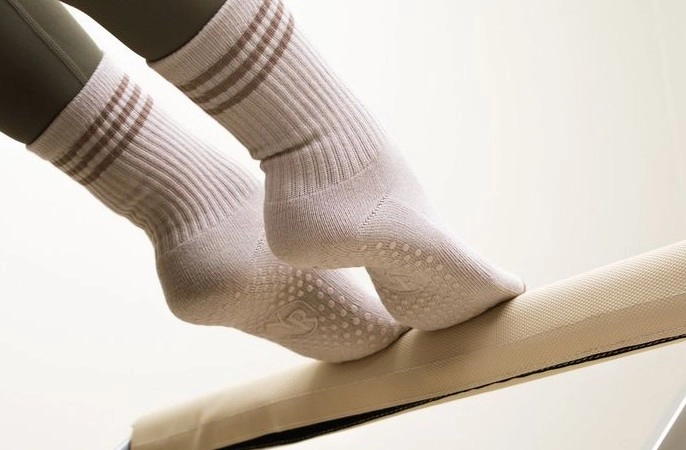
When shopping for grip socks, several factors contribute to quality and performance:
- Comfort: Look for breathable, moisture-wicking fabrics such as cotton, bamboo, or synthetic materials designed to keep feet cool and dry.
- Durability: A good grip sock should withstand regular use without losing its grip or shape.
- Perfect Fit: A well-fitting pair should offer a snug, secure feeling without constricting the foot. Look for socks that fit closely around the heel, arch, and toes to ensure they stay in place during movement. An ideal fit prevents bunching or sliding, which can cause discomfort or even disrupt your activity.
- Arch Support: Arch support is one of the most important attributes, as it helps maintain the correct foot alignment, reducing fatigue and pressure on the feet.
- Cushioning: Cushioning in key areas, like the heels and balls of the feet, adds another layer of comfort, especially during high-impact activities or long periods of standing.
- Non-Slip Technology: Non-slip soles, usually made of pvc, flocking, or silicone, provide stability on slippery surfaces, reducing the risk of falls and improving balance.
How to Make Grip Socks?
Grip socks are made through the standard sock production process—starting with yarn preparation, knitting, toe-linking, and shaping. Extra steps like adding grips, embroidery, or custom labels are included before packaging.
If you want to see how grips are actually applied and bonded to the socks, check out our detailed guide (with video).
How to Care for Grip Socks: Ensuring Longevity and Performance
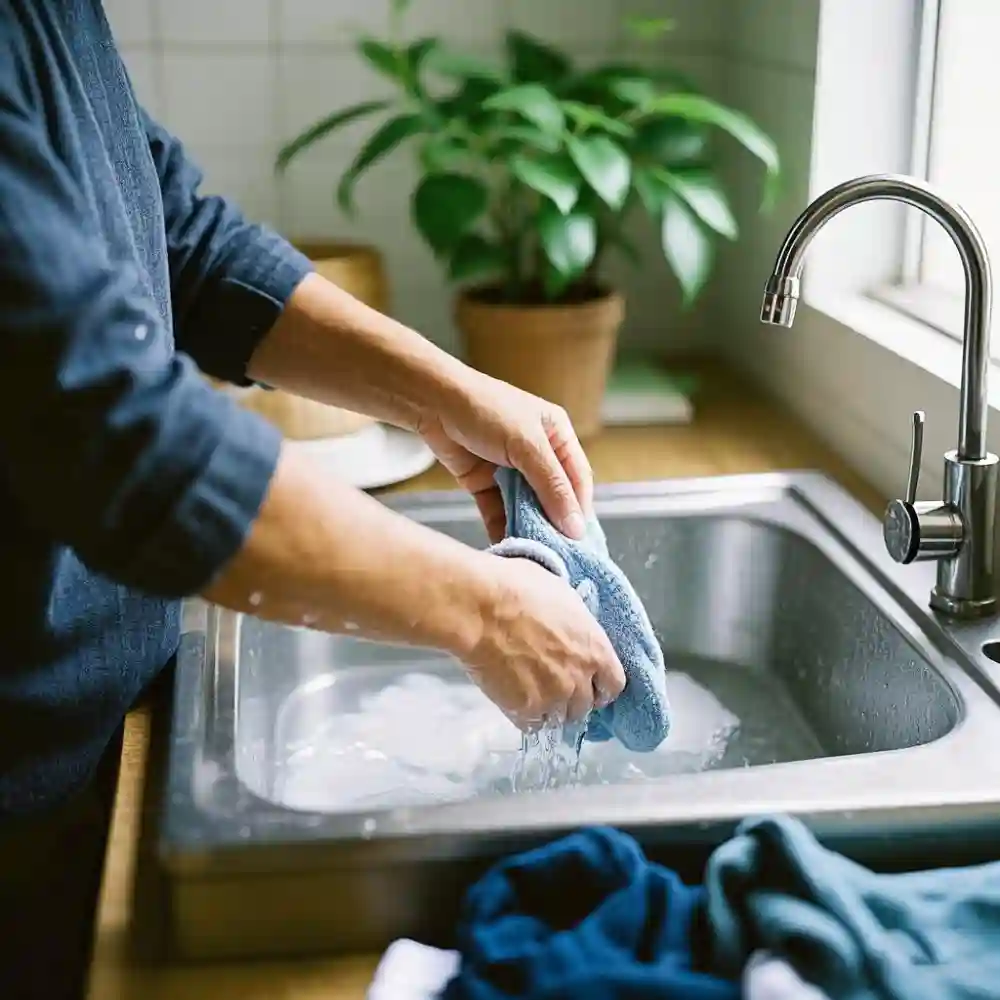
To keep grip socks in good condition, wash them in cold water, air-dry when possible, and replace them every few months as the grips wear down.
For a full guide with detailed washing, drying, and storage tips, see How to Care for Grip Socks.
Where to Buy Grip Socks: The Best Brands and Online Stores
Trusted brands like Nike, Puma, Lululemon, and Gaiam offer high-quality grip socks for athletes and yoga lovers, while medical-focused options such as Vive or ComfySocks provide extra comfort and safety. For convenience, online marketplaces like Amazon, Zappos, and Walmart carry a wide selection, and specialty retailers such as Athleta and Under Armour focus on fitness-specific designs.
Quality materials, positive reviews, and return policies are key when choosing a supplier—values that Max Hosiery upholds. Contact us today.
FAQs
What is the main benefit of grip socks, and where are they most used?
The main benefit is enhanced traction from their non-slip soles, which improves stability and balance. They are most commonly used for studio activities like yoga, Pilates, and barre, where a secure foot position is essential for holding poses and preventing slips on smooth surfaces.
Are grip socks beneficial for sports like soccer or just for studio activities?
Grip socks are excellent for both. In sports, they lock the foot inside the shoe, improving agility and reducing blisters. In studios, they provide stability on mats. This versatility is why they are popular with everyone from Pilates enthusiasts to professional athletes looking for a performance edge.
Are there any activities where grip socks are not recommended?
Yes. They typically lack the heavy cushioning and structured ankle support required for high-impact sports like long-distance running or basketball. For those activities, it is better to choose a traditional athletic sock specifically designed to absorb impact and protect your joints.
Besides preventing slips, what are the other key advantages of wearing them?
Grip socks provide a hygienic barrier between your feet and shared studio floors or equipment. For athletes, the secure “locked-in” feeling inside a shoe reduces the friction that causes blisters and improves overall comfort and power transfer, making them well worth the investment for performance.
Do the grips on the socks last forever?
No, the grips will not last forever. With regular use and washing, the silicone grips will naturally wear down over time. Proper care—especially washing in cold water and air-drying—will significantly extend their lifespan, but they will eventually need to be replaced to ensure optimal traction and safety.
Conclusion
Grip socks have revolutionized how we approach stability, comfort, and performance across various activities. Whether you’re working out, recovering from an injury, or simply walking on slick floors at home, grip socks provide enhanced traction and support that regular socks can’t match. They are quickly becoming a must-have for athletes, healthcare workers, and anyone seeking more stability and comfort in their daily life.
As a trusted sock supplier with over 15 years of experience, we specialize in providing high-quality, customizable socks tailored to your brand’s unique needs. Reach out now to discuss how we can create custom grip sock solutions that align with your brand’s identity and goals.
